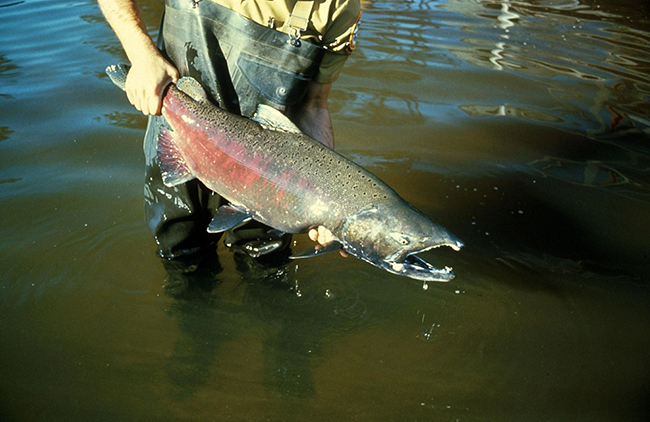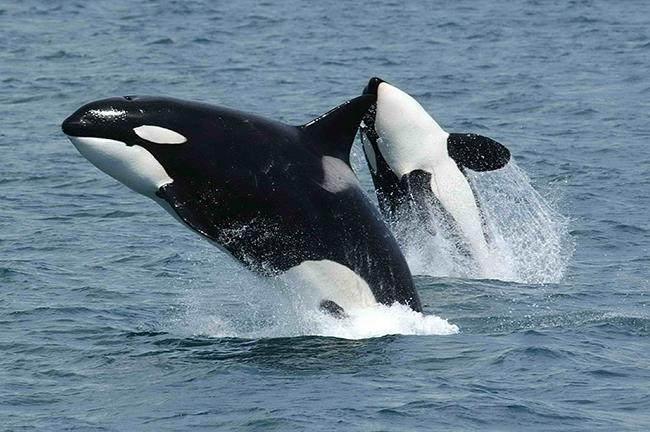Friends,
The last email we sent you was an update about steps we are taking to address the transportation challenges we face in eastern and southern King County. This was perhaps the most discussed issue at our community coffees this summer. If you didn’t see that email, you can find a copy of it here.
We were also frequently asked about clean energy and conservation. We wanted to update you on the legislature’s progress on these important issues. This email update is the first of two which cover conservation and clean energy legislation.
A clean-energy future
The science is clear. Moving to cleaner energy sources and reducing the pollutants in our air and water is good for our health, our economy, and our way of life. This session, the legislature took significant action to curb pollution and reduce carbon emissions.
100% clean electricity
The first major step we took was to begin transitioning to a clean-energy future by requiring utilities to move away from fossil fuel-generated electricity. With this legislation, we set a preliminary “coal elimination” deadline for 2025. Our final “clean grid” deadline is 2045. Washington is firmly on a path to 100-percent clean energy from renewable and zero-emission sources like wind, solar and hydropower. We were proud to help Washington move to a cleaner, more sustainable energy future.
Clean and energy-efficient buildings
In Washington, buildings are the fastest-growing source of emissions. It is also the sector in which emissions are the most cost-effective to reduce. We passed a first-in-the-nation energy efficiency standard for large commercial buildings. This legislation means we’ll retrofit older buildings and build new structures that are even more energy-efficient. Washington will quickly and economically cut carbon while creating good-paying jobs.
Phasing out super pollutants
Hydrofluorocarbons, or HFCs, are commercially and industrially used refrigerants and foam-blowing agents. They are also super-polluting greenhouse gases that are thousands of times more damaging to the climate than carbon dioxide. With legislation passed last session, we’re phasing out HFCs and are transitioning to safe and cost-effective existing alternatives.
Clean transportation
We also began the transition to a zero-emissions transportation sector with incentives to make electric vehicles more accessible for consumers, help utilities invest in vehicle-charging stations and other infrastructure, and created a new grant program to help transit agencies electrify their fleets.
Protecting orcas and salmon
The legislature took steps to protect our Southern Resident orcas, fisheries, and marine life. There are only 75 Southern Resident orcas left and salmon runs are getting smaller and smaller each year. We needed to take steps to protect our orcas and salmon now.
Preventing oil spills on the Salish Sea
We reduced threats to orcas and marine life by reinforcing Washington state’s Oil Spill Prevention Act and the Strengthening Oil Transportation Act, requiring tug escorts for small oil tankers and barges traveling across narrow straights within the San Juan Islands. This legislative action prevents spills that threaten our fish and our marine mammals.
Increasing Chinook abundance
Southern Resident orcas need the ability to find enough food to survive and reproduce. Chinook salmon are one of the orcas most important food sources. We’re helping by updating and strengthening our state’s oldest environmental law, the hydraulic code. This helps protect the critical habitat that orcas and Chinook salmon need to survive.
Protecting orcas from marine vessels
Reducing noise and disturbance from vessels gives orcas the space and quiet they need to find food and survive. We increased the distance boats must stay from Southern Resident orcas and added a go-slow zone for boats viewing them.
Next week we will update you on further action we took to curb pollution, clean our waterways, and improve salmon and wildlife habitat.
Thanks again,


Rep. Lisa Callan Rep. Bill Ramos


